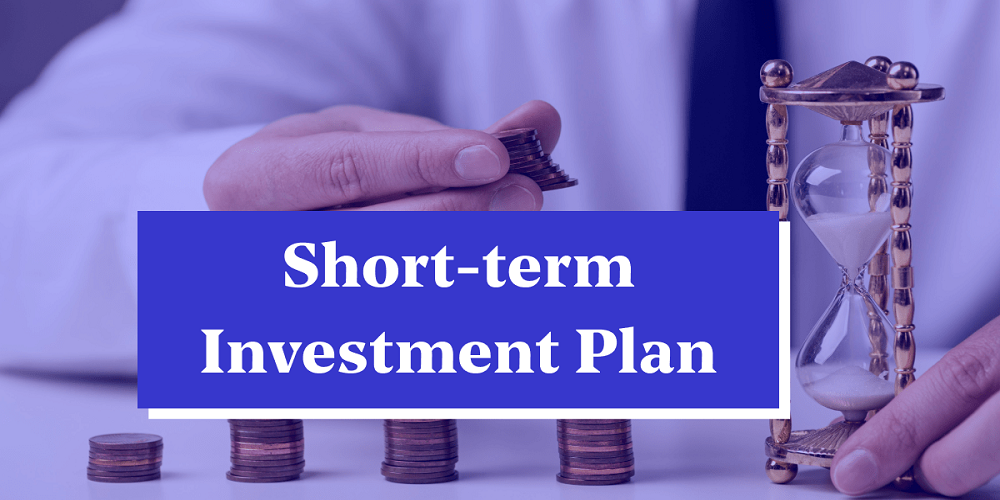Personal auto insurance underwriting is starting to improve after experiencing significant losses in recent years, according to the Insurance Information Institute (Triple-I). Despite this positive shift, it may take some time before these improvements are reflected in premium rates.
In 2023, auto insurers reported a net combined ratio of 104.9, which is 7.3 points better than the previous year. This ratio indicates the profitability of underwriting, with a lower number signifying better performance. Additionally, net written premium growth reached 14.3%, the highest in over 15 years and six points higher than the next best year during that period. This increase in premiums is partly due to rate hikes intended to counteract inflation-related loss costs, according to the "Triple-I Issues Brief, Trends and Insights: Personal Auto Insurance Rates."
The auto industry saw a boost in new car sales in 2023, marking the best performance in four years, which also contributed to improved profitability for auto insurers. However, 2022 was a challenging year with notable underwriting losses. Although the number of drivers and the miles driven have returned to pre-pandemic levels, risky driving behaviors that contributed to high losses have not decreased, as highlighted in the Issues Brief.
Dale Porfilio, the chief insurance officer at Triple-I and president of the Insurance Research Council (IRC), emphasized the findings of the report. He noted that telematics technology could play a significant role in improving driving behavior. According to an IRC survey, 45% of drivers reported making significant safety-related changes to their driving habits after using a telematics program. Telematics involves using technology to monitor and assess driving behaviors, which can then be used to encourage safer driving practices.
Several factors are driving the increase in auto insurance premiums. These include a rise in the frequency and severity of accidents, more fatalities and injuries leading to increased lawsuits, supply-chain issues, high labor costs, and more expensive auto repairs due to the advanced technology in modern vehicles.
Last month, the institute issued a warning regarding a report that indicated the growth of replacement costs for US property and casualty (P&C) insurance has slowed. However, this trend is expected to reverse, with P&C replacement costs projected to grow faster than overall inflation by 2026.
Understanding these dynamics is crucial for consumers and industry stakeholders. The increase in auto insurance premiums can be attributed to several interconnected factors. For example, the rise in accident frequency and severity means that insurers are paying out more in claims. This, combined with higher repair costs due to advanced vehicle technologies, puts pressure on insurers to raise premiums to cover these expenses.
The impact of risky driving behaviors cannot be underestimated. Even though the number of drivers and the miles driven have returned to normal levels, behaviors such as speeding, distracted driving, and driving under the influence continue to contribute to high loss rates. Programs like telematics can help address these issues by providing drivers with feedback on their driving habits and encouraging safer practices.
Moreover, the broader economic environment, including supply-chain disruptions and high labor costs, also affects the cost of auto repairs. These factors, coupled with the increasing complexity and sophistication of vehicle technology, result in higher repair costs. Insurers must factor these costs into their pricing models to ensure they can cover claims and remain profitable.
The Triple-I report also sheds light on the role of new car sales in the overall profitability of auto insurers. The strong performance in new car sales in 2023 provided a much-needed boost to the industry. However, the report suggests that sustainable profitability will require addressing the underlying issues of risky driving behaviors and the rising costs associated with vehicle repairs.
Looking ahead, the warning from the institute about the potential for P&C replacement costs to outpace inflation by 2026 is a critical consideration. This trend could further impact the auto insurance industry, as higher replacement costs would likely lead to higher premiums. Insurers and consumers alike must be prepared for these potential changes and their implications for the market.
while there are signs of improvement in personal auto insurance underwriting profitability, several challenges remain. The industry must continue to address the factors driving higher premiums, including risky driving behaviors, advanced vehicle repair costs, and broader economic pressures. By leveraging technology such as telematics and staying attuned to market trends, insurers can work towards a more sustainable and profitable future. For consumers, understanding these dynamics can help in making informed decisions about their insurance needs and driving behaviors.
Share On :
.jpg)


